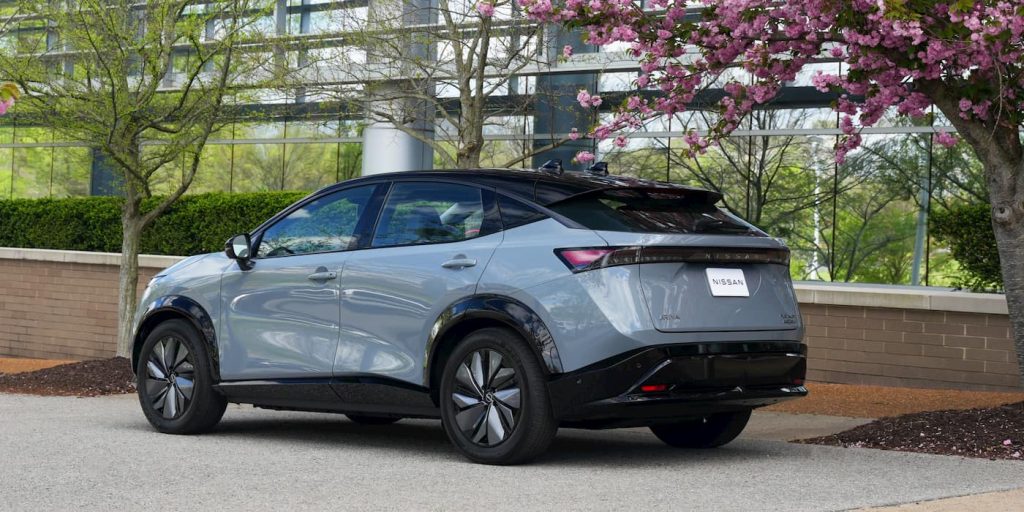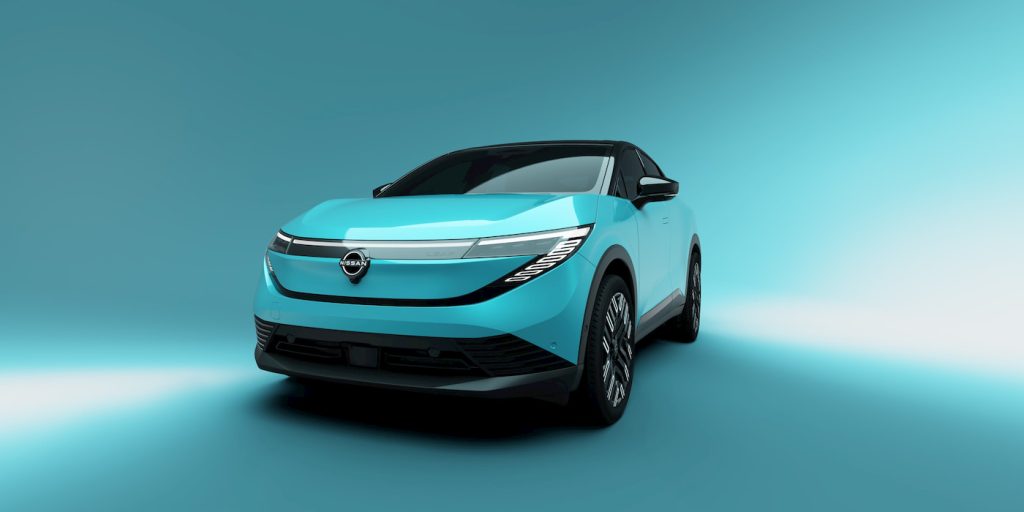Nissan pulls the plug on its +$1 billion EV battery plant as the alarm bells go off

As it scrambles to turn things around, Nissan is scrapping plans to build a new LFP battery plant in Japan. The facility was expected to be key to reducing EV battery costs to keep up with leaders like BYD. With alarm bells ringing, Nissan is preparing to cut around 15% of its global workforce.
Nissan abandons plans for new EV battery plant in Japan
Nissan is scrambling to turn the company around. The Japanese automaker announced on Friday that it will “abandon plans to build a new plant” in Japan that was scheduled to produce lithium iron phosphate (LFP) batteries.
The decision comes as Nissan is “considering all options to restore its performance.” Nissan said it will continue working on a strategy for EV batteries “aligned with market needs” as part of its turnaround efforts.
Nissan just received approval to build the new EV battery plant in Japan from the Ministry of Economy, Trade, and Industry (METI) in September.
Advertisement - scroll for more contentThe batteries were set to be installed in Nissan’s mini vehicles starting in 2028, part of an investment of over $1 billion (153.3 billion yen).
Nissan was scheduled to receive up to 55.7 billion yen ($384 million) in government support to help build a domestic supply chain.

Like other Japanese automakers, Nissan is facing weaker sales in key markets like China and North America. The company expects to post a net loss as high as 750 billion yen ($5.2 billion) for the fiscal year ending March 2025.
The new LFP plant was expected to help Nissan cut EV battery costs by 20% to 30%, with up to 5 GWh annual production capacity.

Later this year, Nissan will launch the next-gen LEAF in the US and Canada. After unveiling the updated EV in March, Nissan claimed the new LEAF will have “significant range improvements.”

Nissan dropped the iconic hatch design for a more crossover-like profile. It will also come with a native NACS port to access Tesla Superchargers.
Although official specs and pricing will be revealed closer to launch, Nissan’s vehicle programs chief, Francois Bailly, told TopGear.com that the new LEAF is expected to have 373 miles (600 km) driving range (WLTP).
Update 5/12/25: According to a new Nikkei report on Monday, Nissan is slashing around 20,000 jobs in Japan and other overseas markets, or about 15% of its workforce. The estimate is more than double the 9,000 Nissan had previously announced.
Last year, Nissan had over 133,000 employees. The company is also planning to close a plant in Thailand. Two other plants are reportedly being shut down, but Nissan has yet to confirm if or where those will be.
This is a developing story. Check back soon for the latest information.
Electrek’s Take
Although Nissan cited “market needs” and is looking to cut costs as part of its turnaround plans, abandoning the LFP battery plant will likely only set it back further in the long run.
Top comment by Scott Nealey
Liked by 27 peopleThe degree to which the Japanese missed the EV boat is just stunning.
With Toyota, it was the cross ownership with oil companies, and trying to do fuel cells so its cross ownership business would not suffer… really stupid.
But there is no even illogical explanation for Nissan, Honda, Mazda, suburu. That Honda had to basically have GM make it for them is telling about how far back they are.
Both Toyota (with the Prius) and Nissan with the leaf had an early advantage, but just let it die on the vine.
BYD and other leading EV brands are quickly gaining market share in key regions like Southeast Asia, Central, and South America, as well as parts of Europe, where Japanese automakers like Nissan and Toyota generate a good portion of sales.
Now, BYD is taking aim at Japan. The Chinese automaker plans to launch its first mini EV, or kei car, next year, which is expected to be “a huge threat” to Japanese automakers.
Nissan’s decision comes a day after Toyota’s President, Koji Sato, said the company is “reviewing” plans to sell 1.5 million EVs by 2026.
Source: Nikkei, Nissan
免责声明:投资有风险,本文并非投资建议,以上内容不应被视为任何金融产品的购买或出售要约、建议或邀请,作者或其他用户的任何相关讨论、评论或帖子也不应被视为此类内容。本文仅供一般参考,不考虑您的个人投资目标、财务状况或需求。TTM对信息的准确性和完整性不承担任何责任或保证,投资者应自行研究并在投资前寻求专业建议。
热议股票
- 1
- 2
- 3
- 4
- 5
- 6
- 7
- 8
- 9
- 10